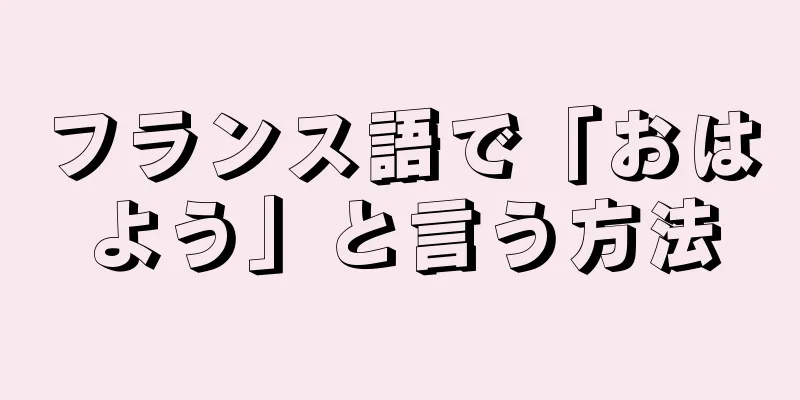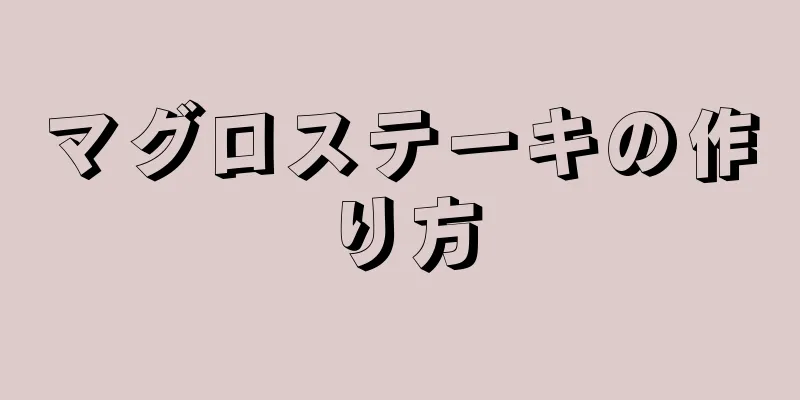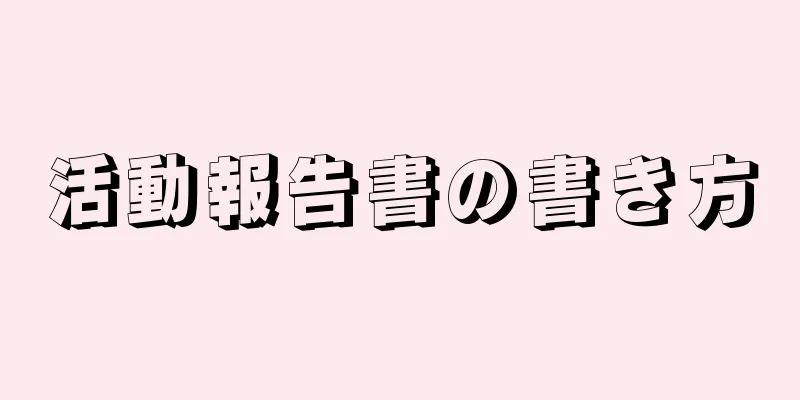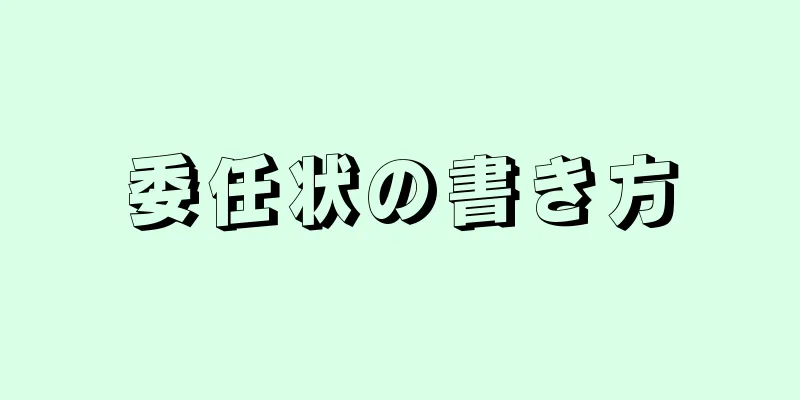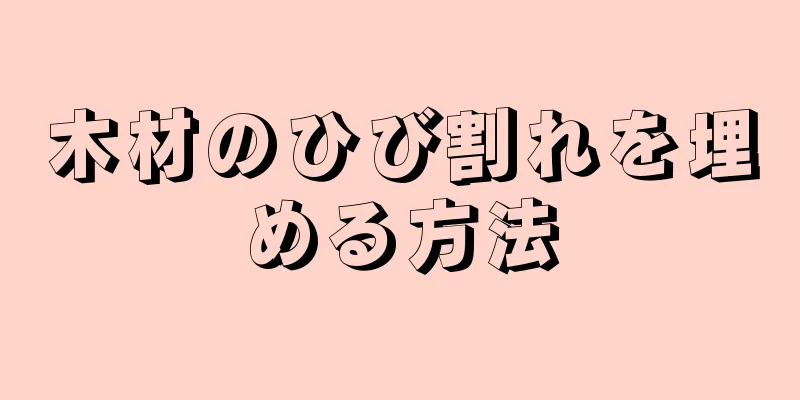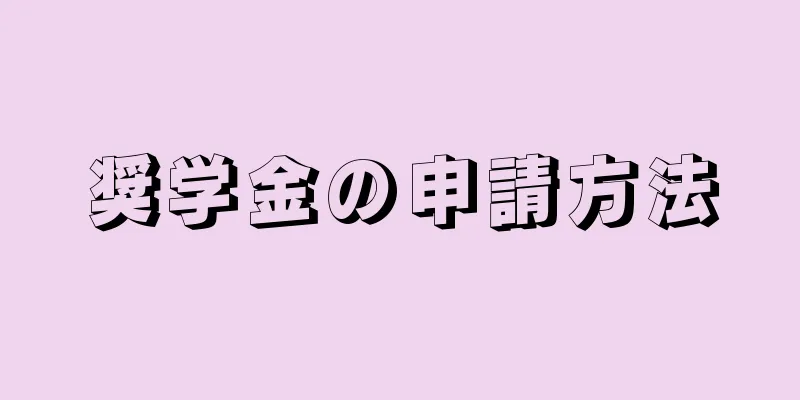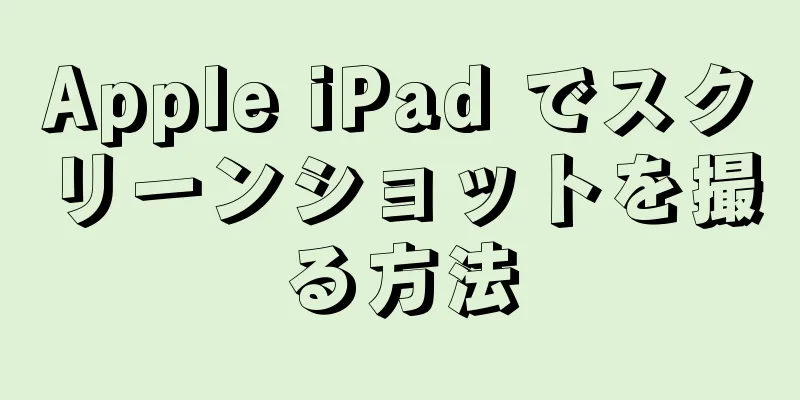|
「おはよう」はフランス語で「ボンジュール」と表現するのが最も一般的ですが、朝の挨拶の方法は他にもたくさんあります。最も一般的な用語をいくつか紹介します。 ステップ方法1方法1/3:基本的な「おはようございます」- {"smallUrl":"https:\/\/www.wikihow.com\/images_en\/thumb\/b\/b7\/Say-Good-Morning-in-French-Step-1.jpg\/v4-460px-Say-Good-Morning-in-French-Step-1.jpg","bigUrl":"https:\/\/www.wikihow.com\/images\/thumb\/b\/b7\/Say-Good-Morning-in-French-Step-1.jpg\/v4-828px-Say-Good-Morning-in-French-Step-1.jpg","smallWidth":460,"smallHeight":345,"bigWidth":728,"bigHeight":546,"licensing":"<div class=\"mw-parser-output\"><\/div>"} 1「ボンジュール」と言います。これはフランス語の標準的な挨拶で、「おはようございます」「こんにちは」「こんにちは」などと言うときに使われます。
- これはフランス語で「おはよう」と言う標準的な方法であり、フランス語が話されている場所ならどこでもこの挨拶を使うことができます。
- この文は「bon」と「jour」という2つの単語を組み合わせたものです。 Bon は「良い」を意味し、 jour は「日」を意味します。本質的には「良い一日」を意味します。
- Bonjourは「ボンジュール」と発音します。
広告する
方法2方法2/3: 特定のグループの人々に「おはよう」と言う- {"smallUrl":"https:\/\/www.wikihow.com\/images_en\/thumb\/7\/7d\/Say-Good-Morning-in-French-Step-2.jpg\/v4-460px-Say-Good-Morning-in-French-Step-2.jpg","bigUrl":"https:\/\/www.wikihow.com\/images\/thumb\/7\/7d\/Say-Good-Morning-in-French-Step-2.jpg\/v4-728px-Say-Good-Morning-in-French-Step-2.jpg","smallWidth":460,"smallHeight":345,"bigWidth":728,"bigHeight":546,"licensing":"<div class=\"mw-parser-output\"><\/div>"} 1末尾に「madame」、「mademoiselle」または「monsieur」を追加します。 「ボンジュール」の後に適切な敬称をつけて言うのが丁寧な挨拶です。
- まず「ボンジュール」と言ってください。
- Madame は「夫人」を意味し、既婚女性に使われます。発音はmah-dahm です。
- マドモアゼルは「ミス」を意味し、未婚の女性に使われ、 「マダムウゼル」と発音されます。
- Monsieur は「ミスター」を意味し、結婚しているかどうかに関係なく、あらゆる男性に適用され、 mer-syer と発音されます。
- {"smallUrl":"https:\/\/www.wikihow.com\/images_en\/thumb\/1\/16\/Say-Good-Morning-in-French-Step-3.jpg\/v4-460px-Say-Good-Morning-in-French-Step-3.jpg","bigUrl":"https:\/\/www.wikihow.com\/images\/thumb\/1\/16\/Say-Good-Morning-in-French-Step-3.jpg\/v4-828px-Say-Good-Morning-in-French-Step-3.jpg","smallWidth":460,"smallHeight":345,"bigWidth":728,"bigHeight":546,"licensing":"<div class=\"mw-parser-output\"><\/div>"} 2.グループの人々に「ボンジュール ア トゥース」と言います。このフレーズは、グループの人々に挨拶するときに使用します。
- 翻訳すると、 à tous は「すべてに」または「すべての人に」を意味します。 大まかに訳すと「みなさんおはようございます」または「みなさんおはようございます」となります。
- 通常、この文は聴衆のグループにスピーチをする前に使用しますが、家族や友人に話す前には使用しないでください。知り合いのグループと一緒にいる場合は、順番に一人ずつ挨拶する方が礼儀正しいでしょう。挨拶を返せない場合は、「bonjour à tous」を使う方が適切です。
- Bonjour à tous は「ボンジュール ア トゥース」と発音され、「s」は柔らかい「z」のように聞こえます。
広告する
方法3方法3/3:その他の朝の挨拶- {"smallUrl":"https:\/\/www.wikihow.com\/images\/thumb\/a\/a7\/Say-Good-Morning-in-French-Step-4.jpg\/v4-460px-Say-Good-Morning-in-French-Step-4.jpg","bigUrl":"https:\/\/www.wikihow.com\/images\/thumb\/a\/a7\/Say-Good-Morning-in-French-Step-4.jpg\/v4-728px-Say-Good-Morning-in-French-Step-4.jpg","smallWidth":460,"smallHeight":345,"bigWidth":728,"bigHeight":546,"licensing":"<div class=\"mw-parser-output\"><\/div>"} 1状況によっては、「bon matin」または「bon matinée」と言うこともあります。 Bon matinとbon matinée は文字通り「おはよう」と翻訳されますが、どちらも挨拶ではありません。
- フランスではほとんど使われません。ケベック州のフランス語圏では、家族、友人、クラスメート、親しい同僚など、身近な人同士の非公式な挨拶として一般的に使われています。
- Matinとmatinée はどちらも「朝」を意味します。
- 「Bon matin」は「ボン・マタン」と発音します。
- 「Bon matinée」は「ボン・マチネ」と発音します。
- {"smallUrl":"https:\/\/www.wikihow.com\/images\/thumb\/d\/d0\/Say-Good-Morning-in-French-Step-5.jpg\/v4-460px-Say-Good-Morning-in-French-Step-5.jpg","bigUrl":"https:\/\/www.wikihow.com\/images\/thumb\/d\/d0\/Say-Good-Morning-in-French-Step-5.jpg\/v4-828px-Say-Good-Morning-in-French-Step-5.jpg","smallWidth":460,"smallHeight":345,"bigWidth":728,"bigHeight":546,"licensing":"<div class=\"mw-parser-output\"><\/div>"} 2. 「レヴェイユ・トワ!」で誰かを起こすこのフレーズは、まだベッドに横たわっている人を起こすときに使われる非公式な表現です。
- 「起きろ!」と訳されるこの命令形のフレーズで、子供や愛する人を起こしましょう。
- このフレーズは「se réveiller」に由来しており、「誰かを起こす」という意味です。より直接的な意味は「自分自身を目覚めさせなさい」です。
- 「réveille-toi」は「rheh-vay-twa」と発音します。
- {"smallUrl":"https:\/\/www.wikihow.com\/images_en\/thumb\/6\/6c\/Say-Good-Morning-in-French-Step-6.jpg\/v4-460px-Say-Good-Morning-in-French-Step-6.jpg","bigUrl":"https:\/\/www.wikihow.com\/images\/thumb\/6\/6c\/Say-Good-Morning-in-French-Step-6.jpg\/v4-828px-Say-Good-Morning-in-French-Step-6.jpg","smallWidth":460,"smallHeight":345,"bigWidth":728,"bigHeight":546,"licensing":"<div class=\"mw-parser-output\"><\/div>"} 3.相手に「Lève-toi!」と伝えます。 「réveille-toi」と同様に、「lève-toi」は誰かを起こすときに使われる命令形です。
- このフレーズは、愛する人、特に子供や孫に使ってください。この文は非常にカジュアルなので、親しくない人に対しては使用しないでください。
- このフレーズは、「自分自身を持ち上げる」または「上昇する」を意味するフランス語の再帰動詞「se lever」に由来しています。
- lève-toi はlayv-twa と発音します。
広告する
|
